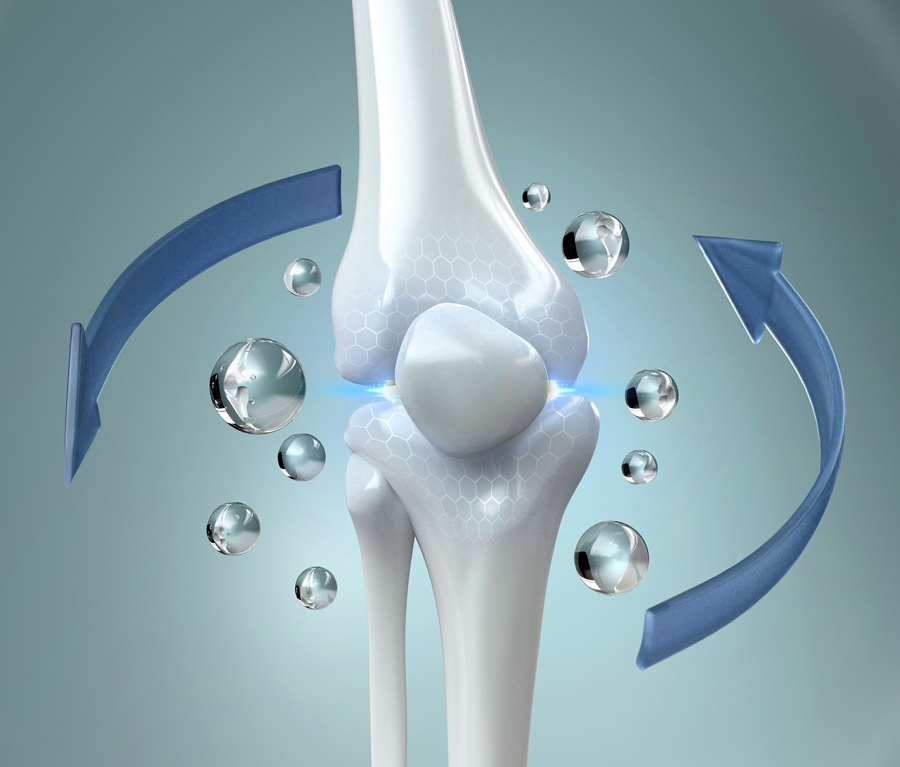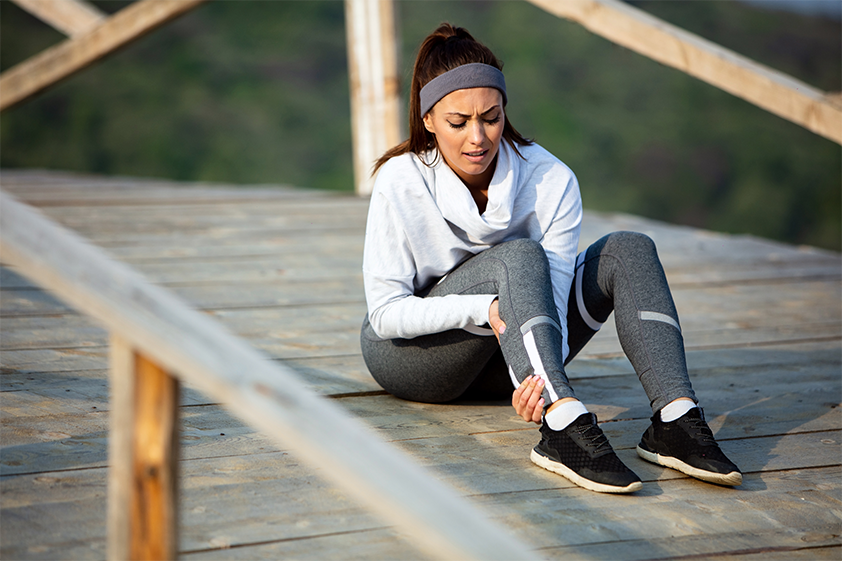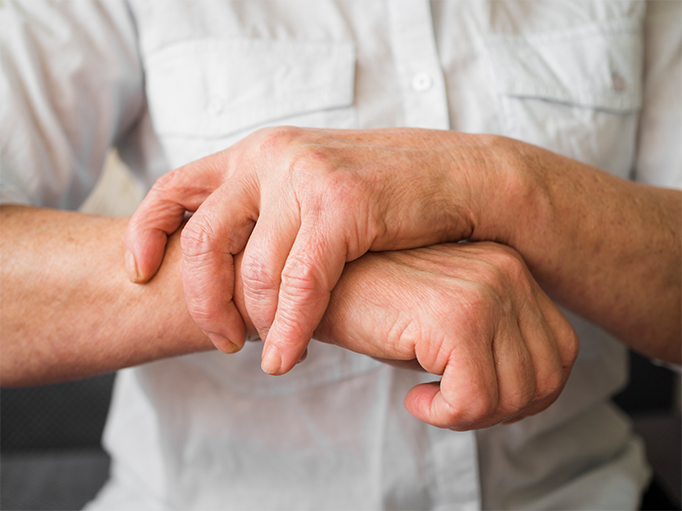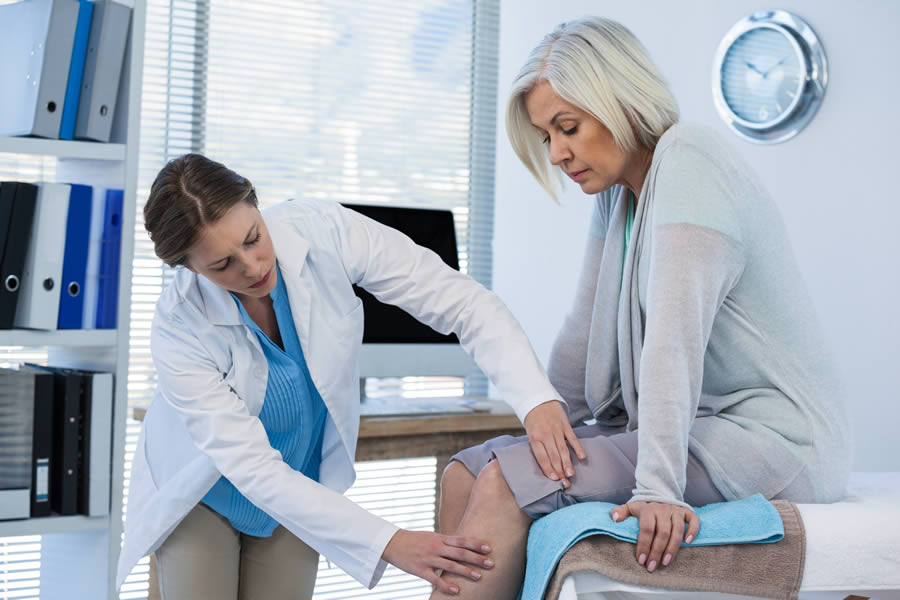
When it comes to treating conditions like arthritis in the knees, shoulders, hips, and elbows, there is rarely a one-size-fits-all or one-and-done solution. At the Joint Pain Solution Center, we take a multi-modal, comprehensive approach designed to: to slow the progression of joint degeneration, reduce chronic and acute pain, and restore natural joint function and mobility.
This approach often combines regenerative therapies, tareted injections, biomechanical assessments, and lifestyle recommendations tailored to your individual conditon. Let’s review below what you should expect during your visit(s) to our clinic.

During your initial consultation, we will

During this visit, we will

During one of your initial visits, we will
This evaluation is a key part of your joint restoration process, as weak muscles, often due to a sedentary lifestyle, can increase the strain on joints and accelerate arthritis. Strong, toned muscles act as the body’s natural shock absorbers, reducing the impact and stress on your joints.
Based on your muscle tone measurements, we will recommend targeted muscle-strengthening exercises and/or physical therapy. Follow-up assessments will be conducted throughout your treatment to ensure proper muscle strengthening and joint support.

Based on your diagnosis and personalized treatment plan, follow-up visits will typically occur in 3 weeks or 3 months, though the exact timing will depend on your specific condition. During your follow-up appointment, we will evaluate your progress, reassess the treatment outcomes, and determine whether additional injections or other interventions are necessary to support your recovery.

You can book your visit with us for the same day or within a few days of requesting an appointment. We believe you shouldn't have to wait weeks to see a specialist to get the relief you need today.
Walk-ins are always welcome!
SCHEDULE A FREE SCREENINGToday, IV infusion and drip lounges are popping up on virtually every corner. While this…
Read MoreThe Inevitability Assumption of Arthritis Progression: An Outdated Approach to…
Read MoreA New Understanding of the Joints: Micro-Ecosystems in the Human…
Read MoreArthritis Is a Cartilage Problem—Not a…
Read More